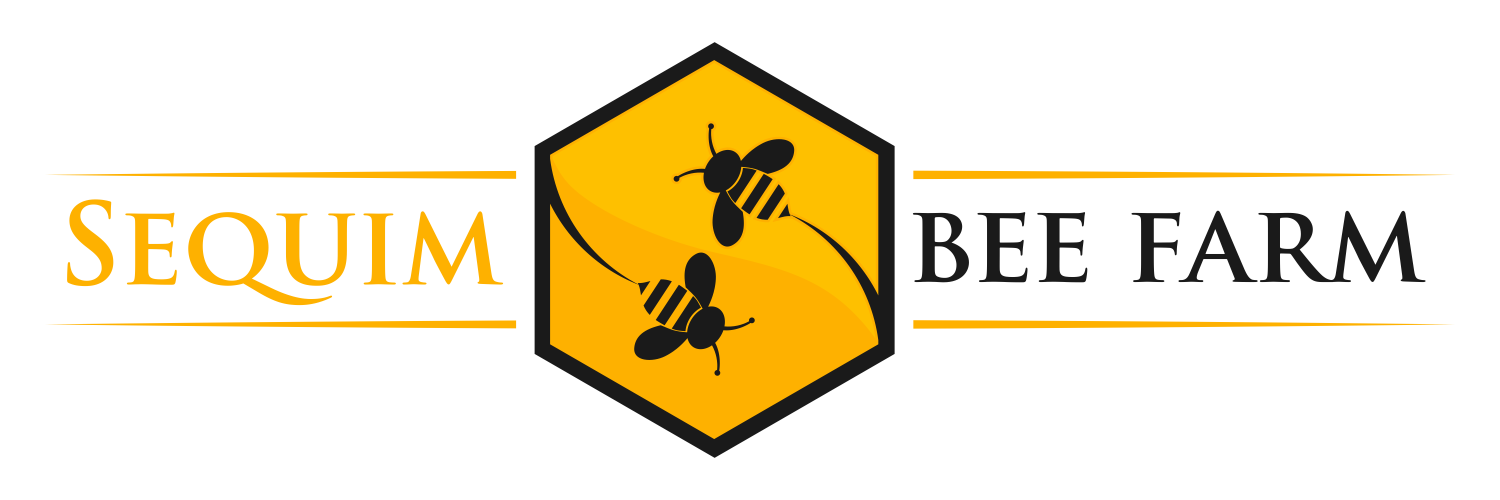FAQs
Is your honey organic?
We do not label our honey as organic, intentionally. There is no legal definition of organic U.S. honey. Any organic sticker on honey is meaningless. Think of it this way. When a farmer grows an organic vegetable garden, they can control all sorts of factors; the soil, the seeds, treatments and management. However, this is not the case with bees. Bees have the ability to forage and fly up to 5 miles away from the hive. Our organic farmers' cabbages never wander that far from home. The likelihood of the bees coming into contact with non-organic products is rather high, so we cannot in good faith label and market our honey as organic (nor should any beekeeper!)
Is your honey raw?
Yes! We extract the honey from the frames and directly bottle it. We do strain the honey, which is just enough to get the chunks of debris out, however we do not filter the honey, which would remove the pollens. As for heating, we never let the temperature of the honey get above the ambient temperature of a warm summer day. This is why a water bath of 90 degrees is okay for your honey. We've been told that any temperature above 120 degrees is the point that the goodness of raw honey starts to deteriorate.
How can you tell the honey is from a certain varietal? Do the bees go where you tell them to?
Great question and probably the most frequent question we are asked! So, when we tell you this is Blackberry honey, we know this because we time the placement of the hives at the large blackberry source, just when the flowers start to bloom. Then, we remove the honey collection Supers just as the nectar flow ends. This means that the predominate nectar source will be from the desired plant. The same process is used for any of the other varietals we have. The girls are not likely to fly far away when a delectable blooming plant is right on their doorstep!
So, what plants make up the Wildflower variety?
When we offer Wildflower honey, this means we let the bees fly and collect whatever their hearts desire. Most of our hives are located at about 1200 feet, and we have a lot of Thistle, Snowberry, Salal, and other native flora for them to work on. The girls seem to do a great job because our Wildflower has brought home many awards.
I had to throw away some honey because it solidified. Now I hear that's okay. What's that about?
That's call crystallization, and it’s a normal process. Honey will crystallize when it gets cold, but we don't recommend that you use the microwave to warm it back up. The microwave will heat unevenly and may change some of the good pollen proteins found in our raw honey. We recommend that our jar of honey is placed in a warm water bath of about 90 degrees and let it slowly re-liquify. Be patient- this could take an hour or longer.
Would a warm water bath be okay for the plastic honey bear squeeze bottle?
Well, if you don't mind the plastic taste getting into your honey. That's why all of our honey is only sold in GLASS jars. Never plastic. Never.
As a child, I remember getting honey with the comb still in it. Do you have honeycomb for sale?
We don't, and we don't have it for a reason. Honeycomb is made from wax, excreted from specialized wax glands on the bee's abdomen. The bees build the honeycomb in the frames of the hive and use it for the eggs to develop in as well as for storing pollen and honey. Wax is a great natural gift from the hive, but its production takes energy. Because our primary focus is to support the bees, we have chosen to leave as much wax as possible on the frames. When we place those frames back on the hives next year, the bees will not have as much work to do, as the wax will already be there. This reduces some of the stress on the bees, and that's good.
Your lip balm is made with Sequim beeswax. I thought you leave all the wax for the bees?
Most, but not all. When we harvest honey in autumn, the first step is to decap the frames. When the bees fill the honeycomb with honey, and it’s ready to store, the girls will seal each individual comb cell with an overlay of wax. In order to extract the honey, we use a hand pick or a hot knife to skim off that sealing wax. I save that layer for all the great balms and candles we have.
